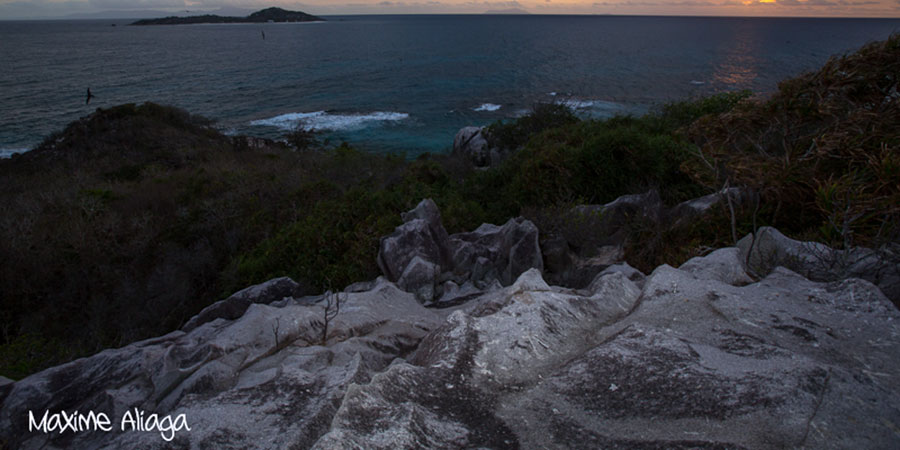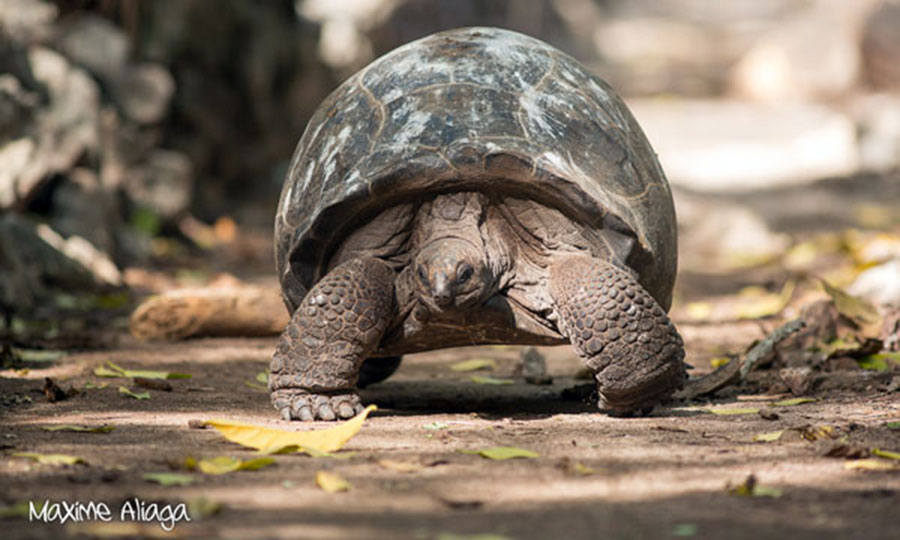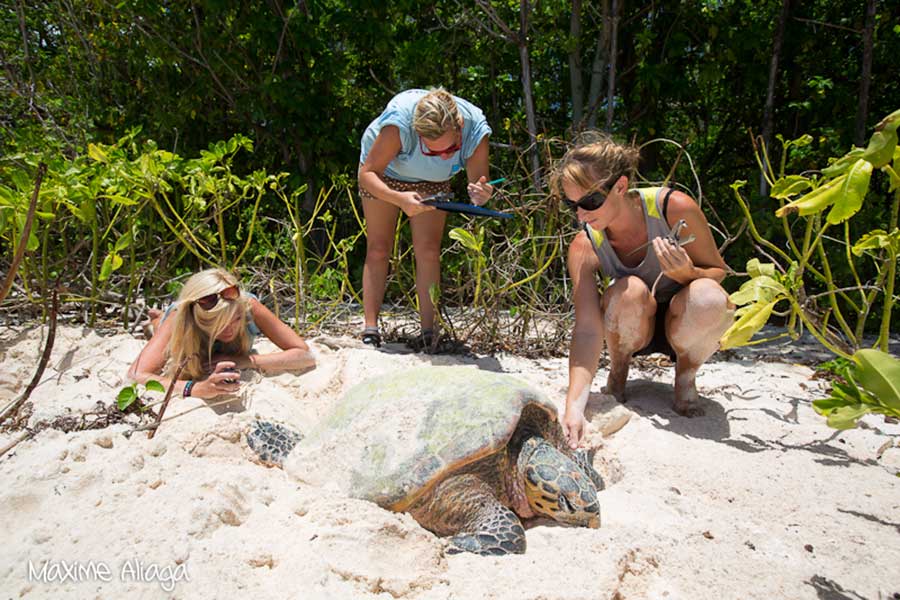
It’s cold, it’s midnight here in London and I’m arriving home after 80 days of island life. I’ve had to put on my woollen jumper and jacket that haven’t been touched in months, that I flew all the way to Cousin Island to leave in a cupboard and then brought all the way back with me just for this occasion, these few hours to get me home from the airport. The smell of soot, rain and tarmac fills my nostrils and the permanent orange glow of UK streetlights are so familiar that in my sleep-deprived state I genuinely wonder if I’ve imagined the last eleven weeks. The coach driver outside the airport is predictably grumpy and welcomes me on board with a murmur. I’d be pretty grumpy too if I lived here and not on an island paradise, I think to myself…

So what of Cousin Island? That place that I called home, that I documented, that asked as many questions of me as I did of it? Well it taught me a lot of things: patience, how to be quiet, how to push boats in the sand everyday without hurting yourself, appreciation of small things (make a small bar of chocolate last a week), how to tag and monitor hawksbill turtles, the sleeping habits of the lesser noddy (none) and what a privilege it is to have a really old giant Aldabra tortoise as a self-governing lawnmower. I miss it dearly.
Living on Cousin was an experience to remember, and filming there was both a massive privilege and a learning curve for me. Having such regular proximity to animals that are as beautiful the first time you see them as they are in the last few days is something I won’t forget in a hurry. Whether it is a fairy tern chick being fed by an adult, thousands of noddys whirling above the sea, a rare sighting of a tropical shearwater, being screamed at by a tropicbird, feeding a banana skin to a tortoise or seeing the first turtle of the day emerging quietly from the sea at 5:30am.
It’s easy to forget what you are dealing with when the habitat is so full and the populations are so booming, but the fact remains that many residents of Cousin were once critically endangered, or still are. The hawksbill turtle I spent so much time with, and saw almost every day, is still in decline, and the endemic Seychelles warbler, fody and magpie robin are only just bouncing back from the brink of extinction. Makes you think a bit harder when a fody is trying to steal your food, all of your food, everyday. It’s also a great indication of Cousin’s success as a reserve.

As for working on the turtle monitoring project, I’ll never forget the feeling of walking alone in the early morning, finding fresh tracks in the sand and following them up to find a large female hawksbill in the early stages of making a nest. She might have been missed altogether if I wasn’t specifically looking for her. Filming a laying hawksbill is a joy; in her trance like state I was free to walk around and get the shots I needed whilst she would continue without disturbance, then as she begins to cover the eggs I would tiptoe away and allow her to finish the business that has almost completely exhausted her. Cliche’d though it may seem I really hope that I contributed something to such a worthy programme.
Would I return to Cousin? Of course I would, in a heartbeat. Seeing it is believing it, and the island is proof that years of conservation action can pay off. Now I’m spending almost every waking hour sifting through footage. As a filmmaker it will be one of my biggest challenges doing the island justice, but I couldn’t be more excited about trying. I hope to have some initial edits done in the very near future, and show the world what this island is really like…bear with me.
Liam Martin

